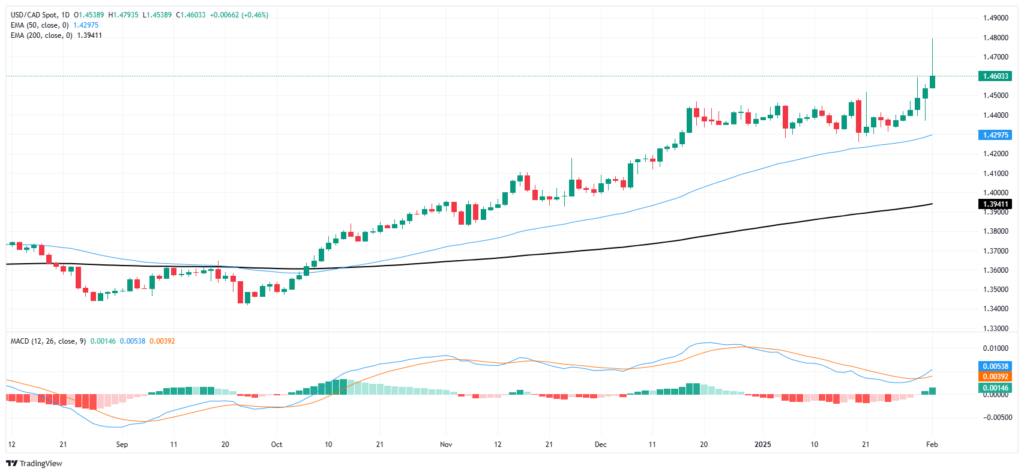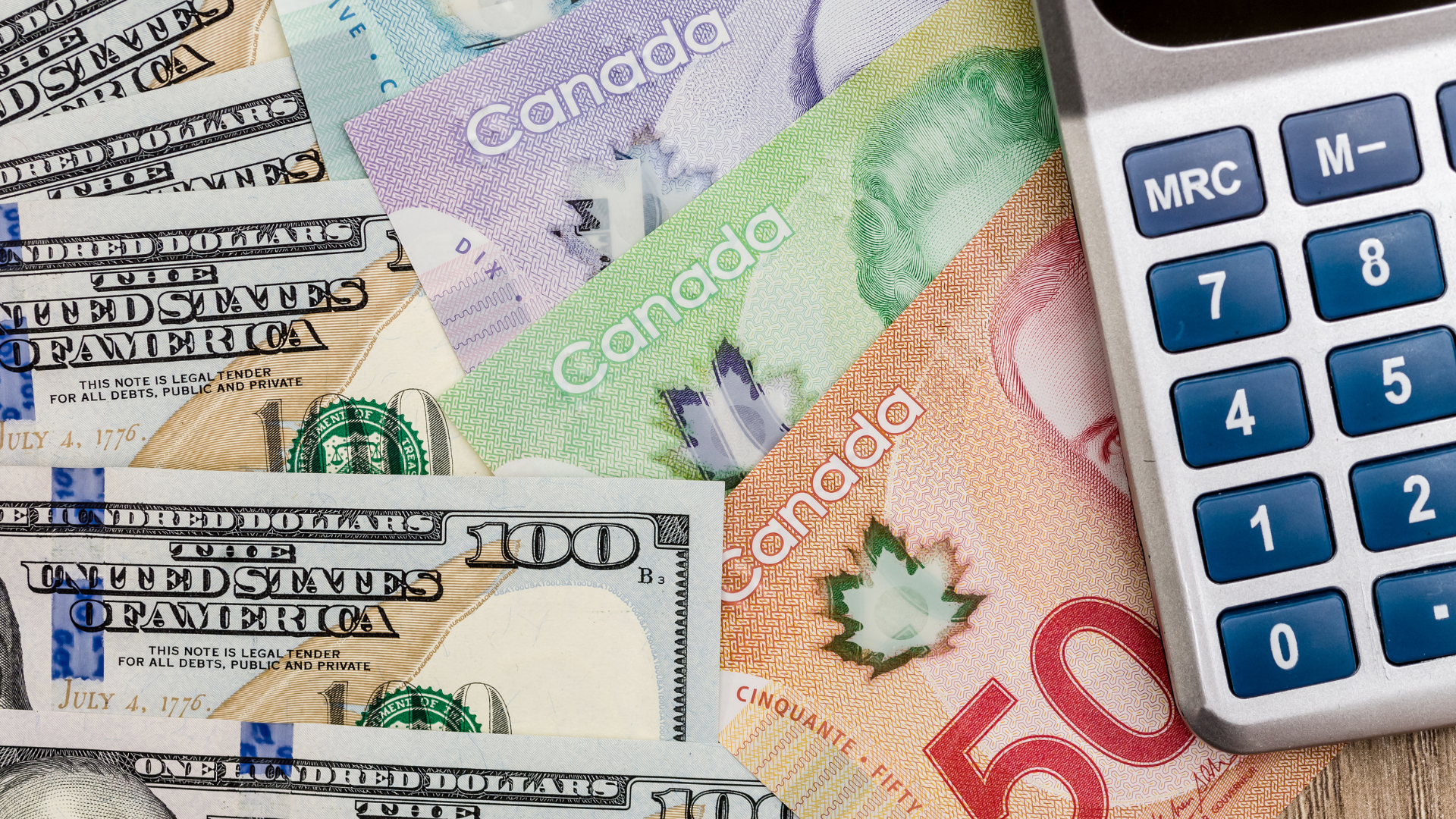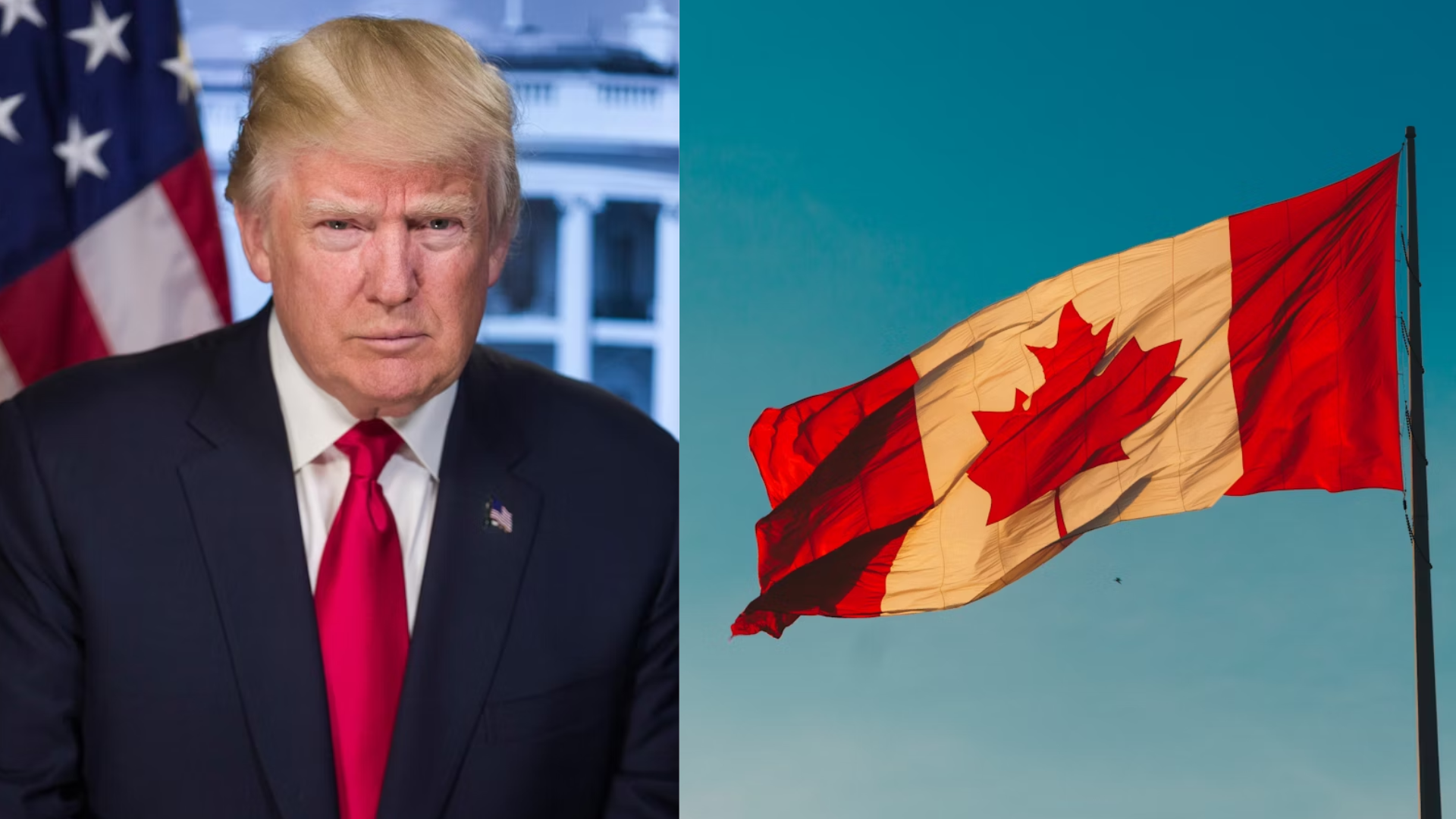The Canadian dollar tumbled to its lowest level in two decades as escalating tariff tensions between Canada and the U.S. rattled financial markets. Investors reacted swiftly to the intensifying trade conflict, driving the loonie lower on fears that prolonged disputes could severely impact Canada’s economy.
Aggressive tariff measures and retaliatory threats from both countries fueled the sell-off, with traders pulling out of the Canadian dollar and shifting into safe-haven assets like the U.S. dollar. The heightened uncertainty pushed investors to reduce exposure to riskier currencies, amplifying the loonie’s decline.

Falling commodity prices, especially crude oil, added to the pressure, given Canada’s heavy reliance on energy exports. At the same time, the Bank of Canada’s cautious approach on interest rates failed to bolster the currency, as markets speculated the central bank might adjust its policy to counter the growing economic headwinds.
Traders are now focusing on upcoming trade negotiations and key economic data to gauge the loonie’s next move. A breakthrough in talks could trigger a rebound, while further escalation of the tariff battle may deepen the currency’s losses.
For now, the Canadian dollar remains on the defensive, with trade tensions, commodity price volatility, and monetary policy uncertainty driving its weakness. Until clear progress emerges, the loonie faces continued downside risks in the near term.
















